
The Rape of Europa
March. 17,2007World War II was not just the most destructive conflict in humanity, it was also the greatest theft in history: lives, families, communities, property, culture and heritage were all stolen. The story of Nazi Germany's plundering of Europe's great works of art during World War II and Allied efforts to minimize the damage.
Similar titles
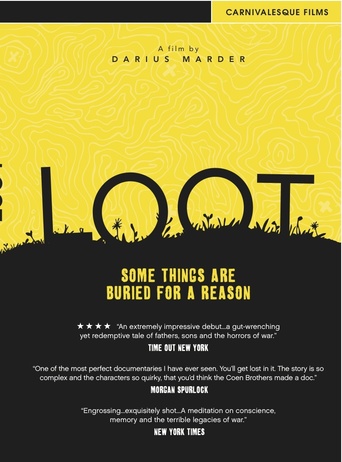
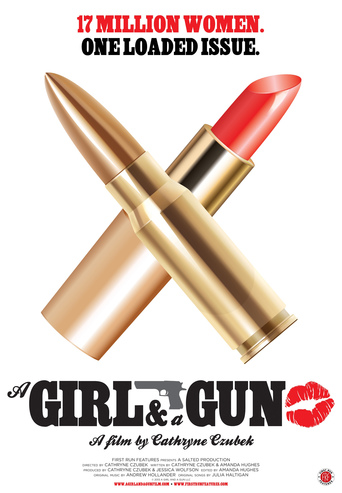

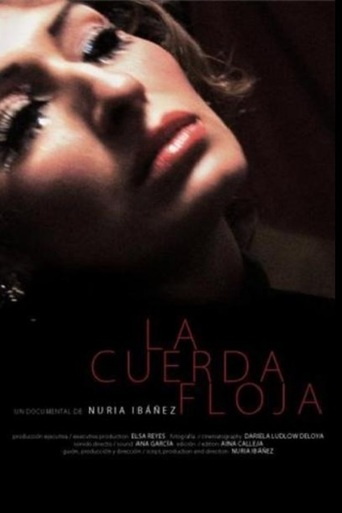

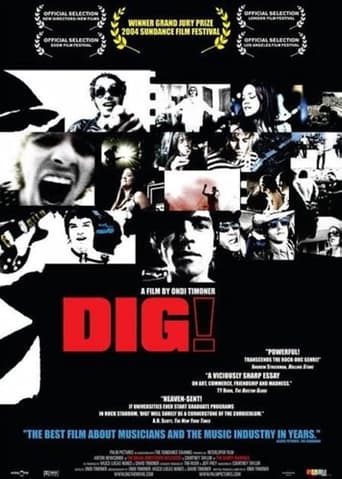
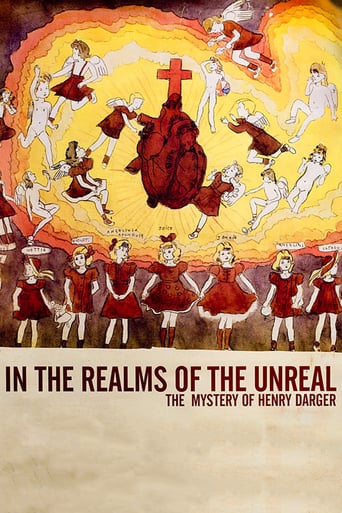

Reviews
best movie i've ever seen.
It was OK. I don't see why everyone loves it so much. It wasn't very smart or deep or well-directed.
A story that's too fascinating to pass by...
Easily the biggest piece of Right wing non sense propaganda I ever saw.
One of those documentaries that grows in impact as it goes along. For the first hour or so I found this study of the Nazi's plundering and stealing Europe's great works of art, along with the allies attempts to spare art during the war, intellectually interesting, but a bit dry and even repetitive. But as the film moves on to the aftermath of the war, and we get more of the human side of the story; great art treasures are returned to the lands whose cultures they represent and we see the joy that it brings, both sides of the Russian debate about keeping the art they took from Germany as a sort of reparation for the horrible human cost of the war, restorations still going on 60 years later with care and passion, a Christian German who has made it his mission to return beautiful and intricate Torah scroll caps to their rightful Jewish owners, the film blossoms into a very human examination of just how important art is to human beings and to our sense of selves. Ultimately, what starts feeling like a somewhat academic exercise ends up as a very moving and human documentary.
What the movie does not show enough is that the spoils of war are now returned to families out of sheer GREED by the families. They are not returned to stay in the museum of their choice, but given back to the families after several generations to keep or sell as they choose, even when the will says to donate it to the country. Few family members were alive to see the works or have any personal significance to them.The attitude from the Russians is simple--we took it, it belongs to us. I think that is stealing but because it is the Russians, no one does anything about it. i bet the Jews of Russian heritage do not claim a single Russian piece of art. Russia is about a democratic as Mao Zedong.What the movie also does not say is that works of art have been taken by all nations since time began. It makes it out to be only the Jews that suffer this indignant slap.In addition, the movie never discusses the Jews blame for the war waged on them--see the 1933 declaration of war by the Jews against Germany and Herschel Grynspan killing the German ambassador in Paris, the Versailles treaty which humiliated the Germans that was a Jewish creation, as causes for the hatred.No Jew deserved to die, but they were not as innocent as is portrayed. The Rape of Europa is about the greed of nations and individuals to reclaim what was theirs when they left it or was taken from them.Shall we give the US back to the native Americans or the gold in Spain back to the Incas?The greed here is more one sided than shown.
"The Rape of Europa" is a documentary film about the Nazis' concerted, organized, and methodical theft of the art patrimony of Europe during the Second World War, and the film tilts heavily toward the Nazis' theft of art from Jewish collections. Ultimately, this emphasis on the anti-Jewishness of the Nazi program is the film's weakness. While the documentary appears to shine a light on the loathsome Nazis, there is also a detectable anti-German subtext to the film and, in particular, the Austrians come in for muted scorn.No one can come to the defense of the megalomaniac Adolf Hitler, so why do some people continue to go out of their way to slander him as a "bad artist." Let's be honest here, that disturbed man was without a doubt a better artist/painter than 99.9 percent of all of us reading this IMDb forum. Has anyone ever heard of Winston Churchill being described as a "bad painter?" To slap the "bad artist" tag on Hitler comes across as mere propaganda, and propaganda always casts doubt on the ultimate truth of a work of non-fiction. There is a also a noticeable tone of artistic condescension in this film, especially in interview segments with author Lynn H. Nicholas.The film touches on the controversy surrounding Gustav Klimt's portrait of Adele Bloch-Bauer. Bloch-Bauer herself wanted the portrait to go to the Austrian State Gallery upon the death of her husband, but when he fled Austria the Nazis apparently confiscated the painting. While the painting did eventually make its way to the Austrian State Gallery after the war, it was decided in the 1990's to remove the painting from the that gallery and award it to Bloch-Bauer's remaining relatives. They subsequently sold this family heirloom for something in the neighborhood of 100 million dollars. So much for honoring Block-Bauer's bequest. One might get the impression that the whole affair was not about truth or justice or rightful ownership, but about money.This film would be a good primer for those who have heard relatively little about the destruction wrought on Europe and its culture by World War II. However, there must be hundreds of other documentary films that touch on the subject in a better way. I found Joan Allen's narration to be particularly weak, her lightweight voice lacking the authority required in a serious documentary film. She's certainly no Alexander Scourby.I do not think that anyone anywhere can adequately convey the hell on earth that was the Second World War. This narrowly focused film only confirms that view.
This film tells about the policy of the Nazis toward the art and culture of various countries they occupied.It tells that Hitler and especially Goring were personally interested in great works of art. They took it from the countries they conquered and from individual art collections. There is also a quick look at some art work done by Hitler himself when he was an art student and aspiring artist.The picture shows what steps countries took to protect their art work from the Nazis. Museums in France, Russia, Italy and other countries crated and shipped their art work to hiding places, a huge job as statues like Michelangelo's David and the Winged Victory from the Louvre any many others were protected and put into crates.In the process we get to see a quick peek at some great art work from the Louvre, the Hermitage, Florence,and other places. If you are interested in the history of this time, this is an interesting documentary with some interesting art to see.
Top Streaming Movies















